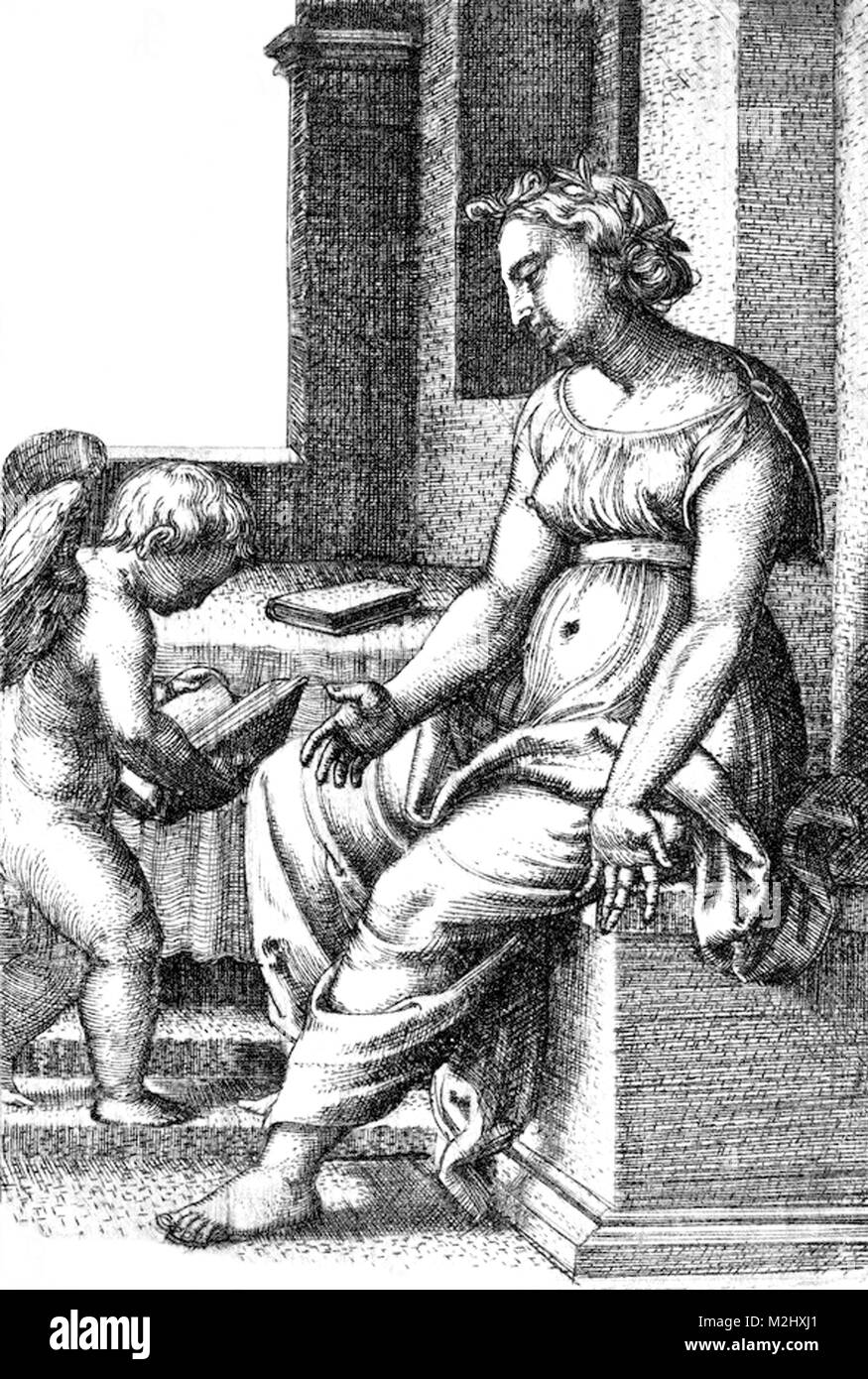Liberal Arts, Personification of Rhetoric

Image details
Contributor:
Science History Images / Alamy Stock PhotoImage ID:
M2HXJ1File size:
39 MB (1.7 MB Compressed download)Releases:
Model - no | Property - noDo I need a release?Dimensions:
3031 x 4500 px | 25.7 x 38.1 cm | 10.1 x 15 inches | 300dpiDate taken:
19 April 2016Photographer:
Photo ResearchersMore information:
This image could have imperfections as it’s either historical or reportage.
Entitled: "Rhetorica, from The Liberal Arts." The liberal arts are those subjects or skills that in classical antiquity were considered essential for a free person to know in order to take an active part in civic life. Grammar, logic, and rhetoric were the core liberal arts (Trivium), while arithmetic, geometry, the theory of music, and astronomy (or astrology) also played a part in education (Quadrivium). In the Renaissance, humanists re-christened the old Trivium with a new and more ambitious name: Studia humanitatis, they downplayed logic as opposed to the traditional Latin grammar and rhetoric, and added to them history, Greek, and moral philosophy (ethics), with a new emphasis on poetry as well. The educational curriculum of humanism spread throughout Europe during the 16th century and became the educational foundation for the schooling of European elites, the functionaries of political administration, the clergy, and the learned professions of law and medicine. The ideal of a liberal arts, grounded in classical languages and literature, persisted until the middle of the 20th century. Engraving by Georg Pencz, 1500-1550.